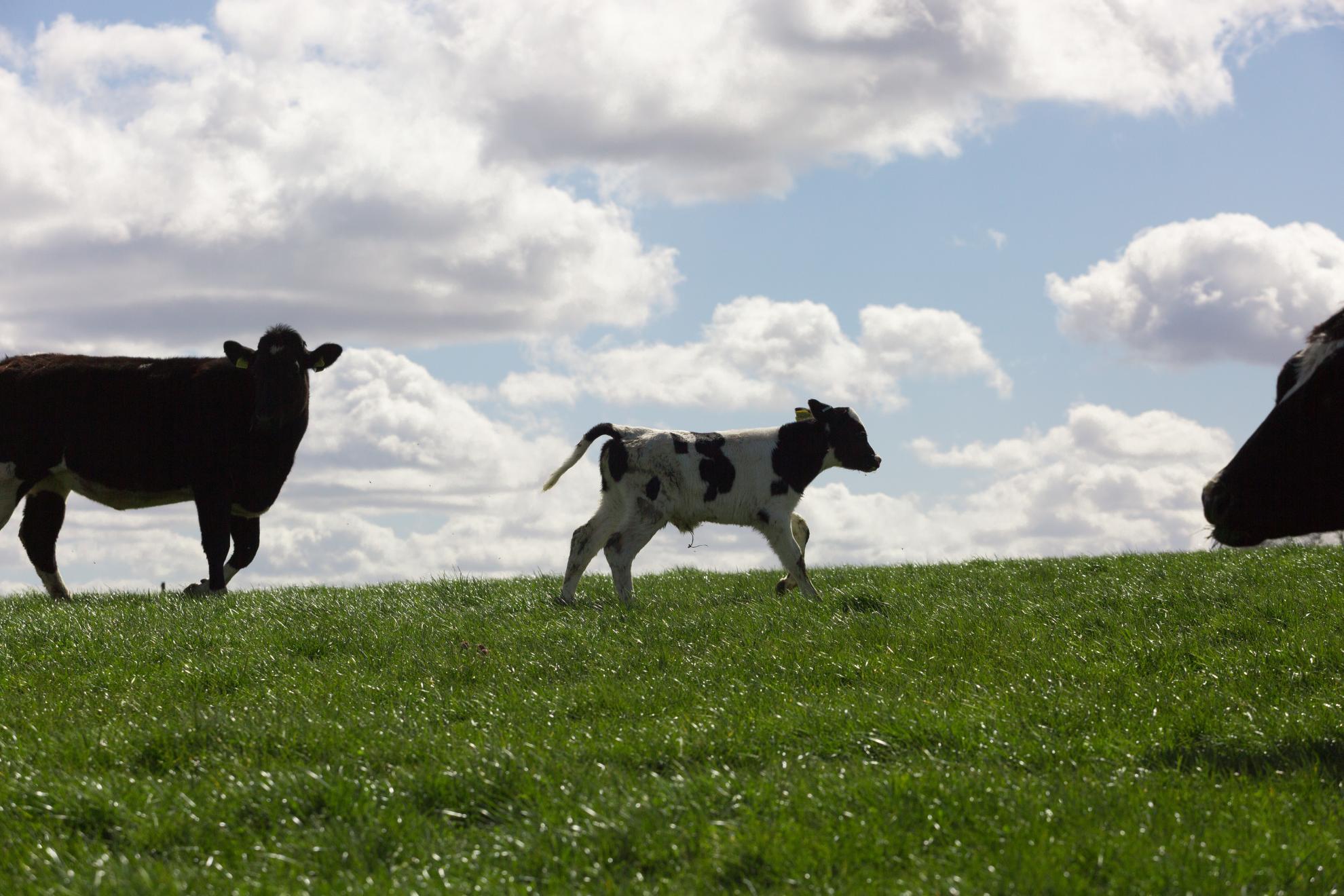Pathogenicity of three genetically distinct and highly pathogenic Egyptian H5N8 avian influenza viruses in chickens
In late 2016, Egypt encountered multiple cases of the highly pathogenic avian influenza (HPAI) virus of the H5N8 subtype. In a previous study, three distinct genotypes, including A/common-coot/Egypt/CA285/2016 (H5N8) (CA285), A/duck/Egypt/SS19/2017 (H5N8) (SS19), and A/duck/Egypt/F446/2017 (H5N8) (F446), were isolated from wild birds, a backyard, and a commercial farm, respectively, during the first wave of infection. In this current study, we investigated the differences in the pathogenicity, replication and transmissibility of the three genotypes and A/chicken/Egypt/15S75/2015 (H5N1) (S75) was used as the control. The intravenous pathogenicity index was between 2.68 and 2.9. The chicken lethal dose 50 values of F446, SS19 and CA285 were 103.7, 103.7, an 104 with a natural route of infection, respectively. These strains took longer than S75 to cause death when infection was carried out through the natural route (HPAI H5N1). After inoculation with the original concentration of 105 and 106 egg infective dose 50 (EID50), F446 had a higher mortality rate with short mean death times of 4, and 7 days, respectively compared with the other H5N8 viruses. Chickens inoculated with F446 and contacted exposed chickens infected with F446 showed the highest viral titer with remarkable differences in all H5N8 tested swabs at 2-4 days postinfection (dpi) compared to S75 at 2 dpi. This indicates that F446 had a more efficient transmission and spread from contact exposed birds to other birds. All H5N8 viruses were able to replicate systematically in all organs (trachea, brain, lung, and spleen) of the chicken with high viral titer with significantly different and more pathological changes observed in F446 than in other H5N8 viruses at 2 and 4 dpi. Compared with H5N1, we recorded a significantly high viral titer in the samples obtained from the lung, brain and both cloacal and tracheal swabs at 2 and 4 dpi, respectively and in the samples obtained from the spleen at 2 and 4 dpi among the experimental chicken. The comparative pathogenesis study revealed that in comparison with the other HPAI H5N8 viruses, the genotype F446 was more pathogenic, and showed more efficient viral replication and transmissibility in chickens in Egypt. The genotype F446 also showed a high viral titer than HPAI H5N1 and short mean death time at the third day after inoculation with 106 and 105 EID50, which revealed a conservation of certain H5N8 genotypes and a decrease in the incidence of H5N1.
